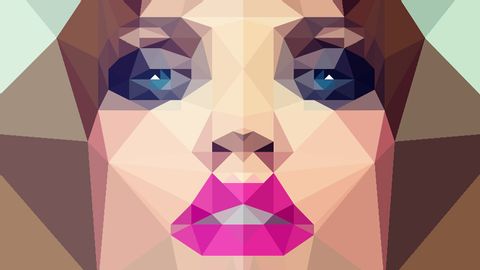
Subtitles & vocabulary
Photoshop: Low Poly! How to Create Low Polygon Images from Photos
00
Jessica posted on 2015/06/04Save
Video vocabulary
create
US /kriˈet/
・
UK /krɪ'eɪt/
- Transitive Verb
- To make, cause, or bring into existence
- To cause something to happen; to give rise to a particular situation or state.
A1
More subject
US /ˈsʌbdʒekt/
・
UK /'sʌbdʒɪkt/
- Noun (Countable/Uncountable)
- The person, thing, or idea that is being discussed, described, or studied.
- The person or thing that does the action of a verb
- Transitive Verb
- To cause to suffer or experience something
A1TOEIC
More layer
US /ˈleɚ/
・
UK /ˈleiə/
- Noun (Countable/Uncountable)
- One of several sheets of a material or object
- A covering of something spread over a surface.
- Transitive Verb
- To put things one on top of another
B1TOEIC
More side
US /saɪd/
・
UK /saɪd/
- Intransitive Verb
- To decide to agree with one point, not the other
- Noun
- Position or opinion that is opposite to another
- Right or left part of a person's body
A1
More Use Energy
Unlock All Vocabulary
Unlock pronunciation, explanations, and filters
